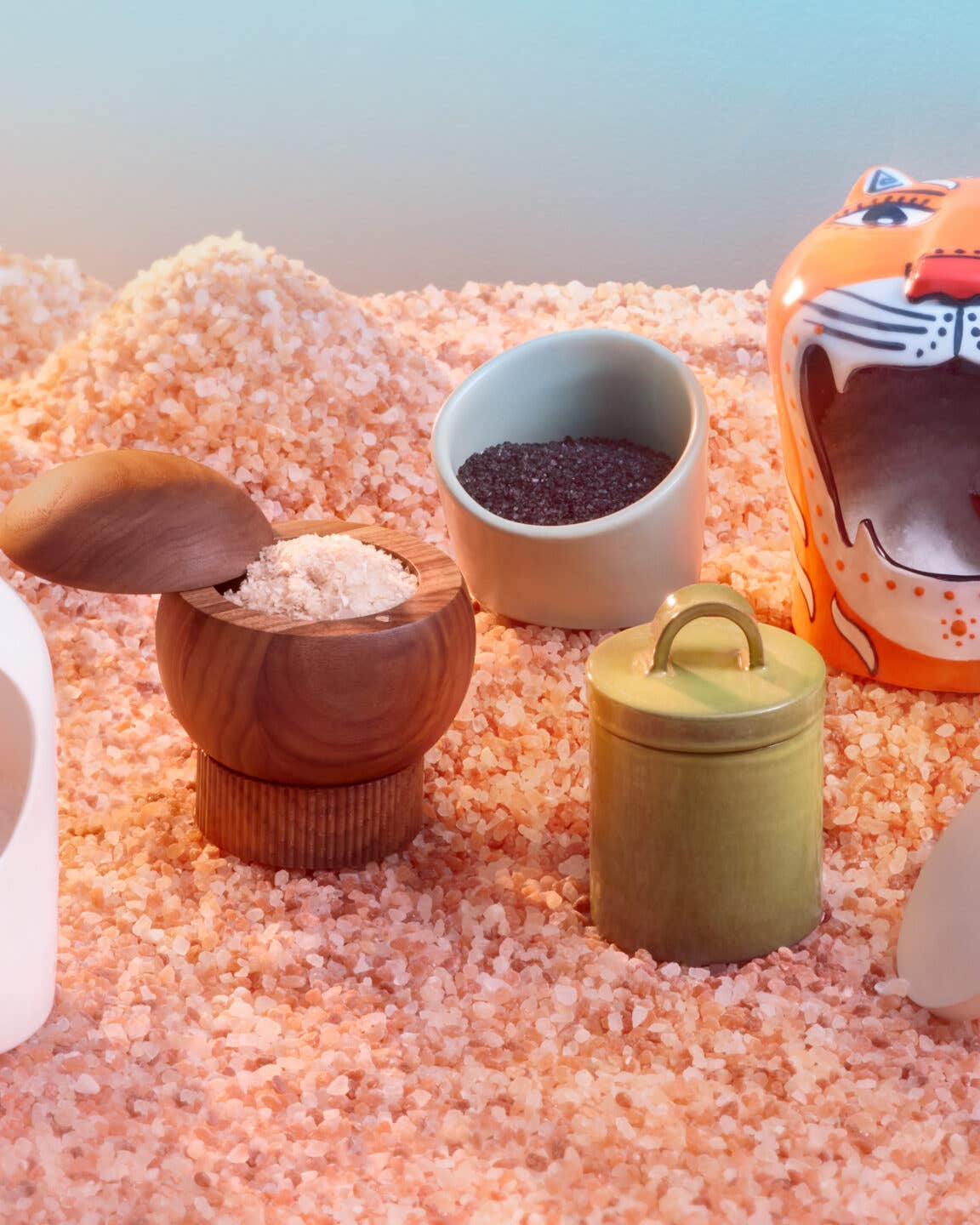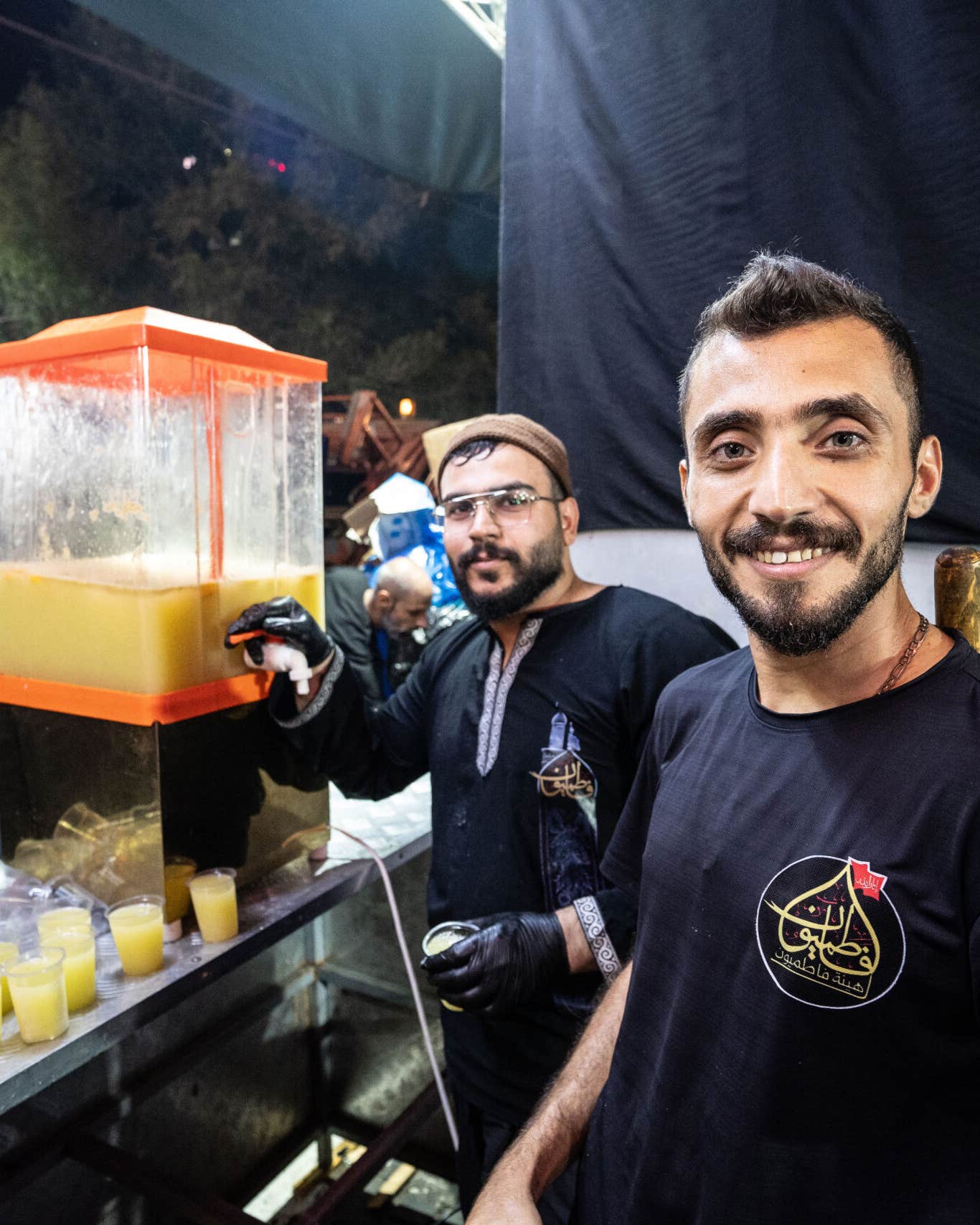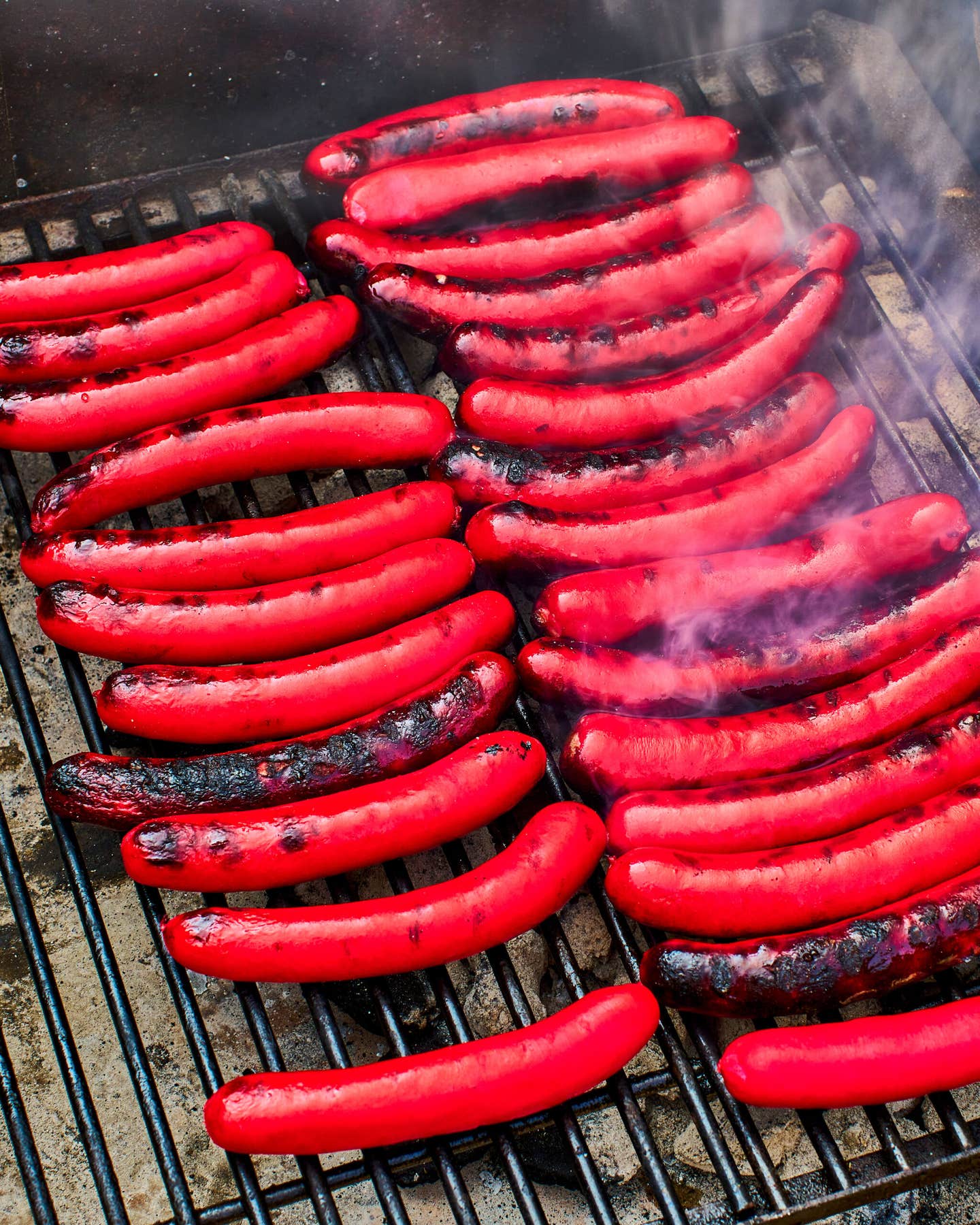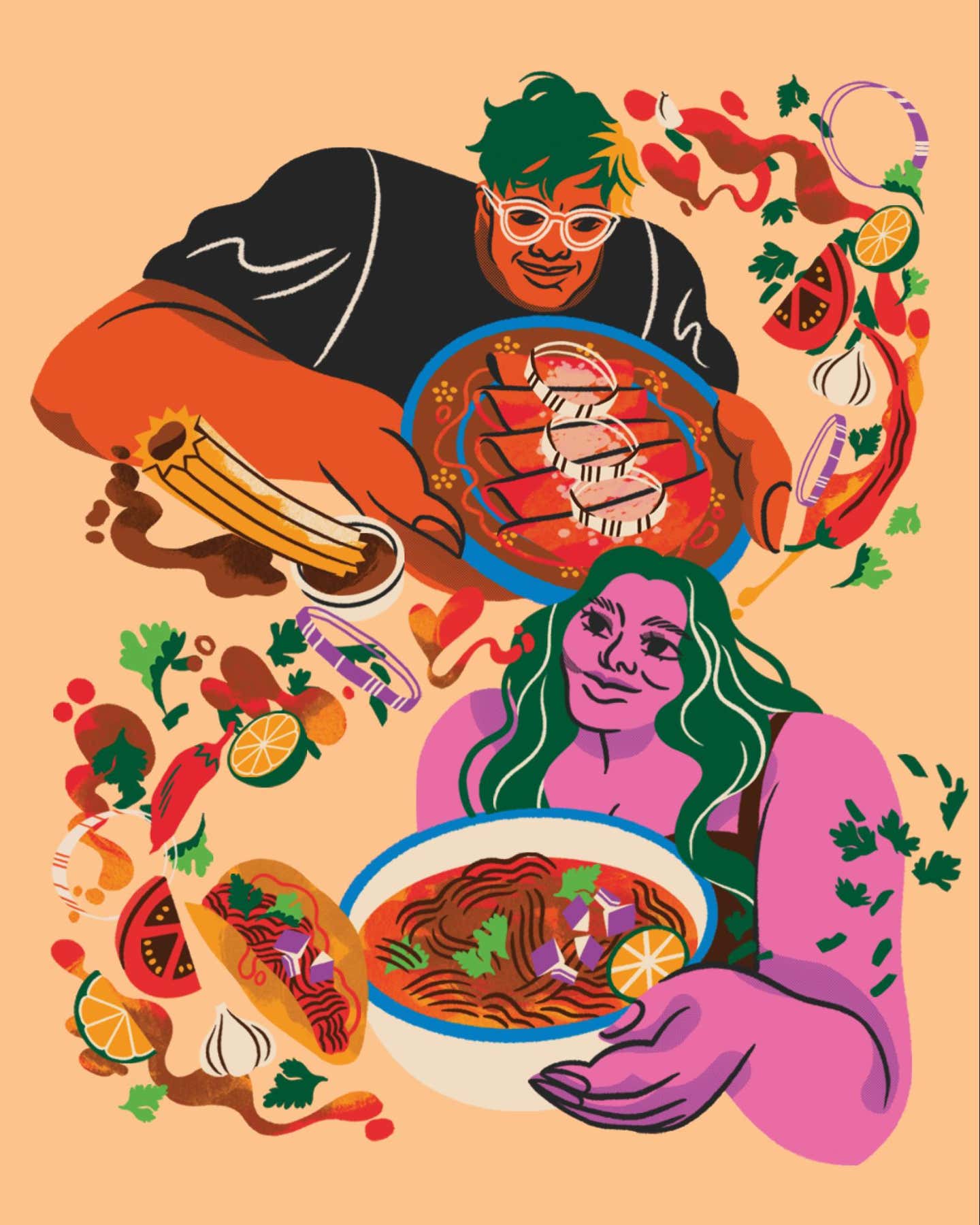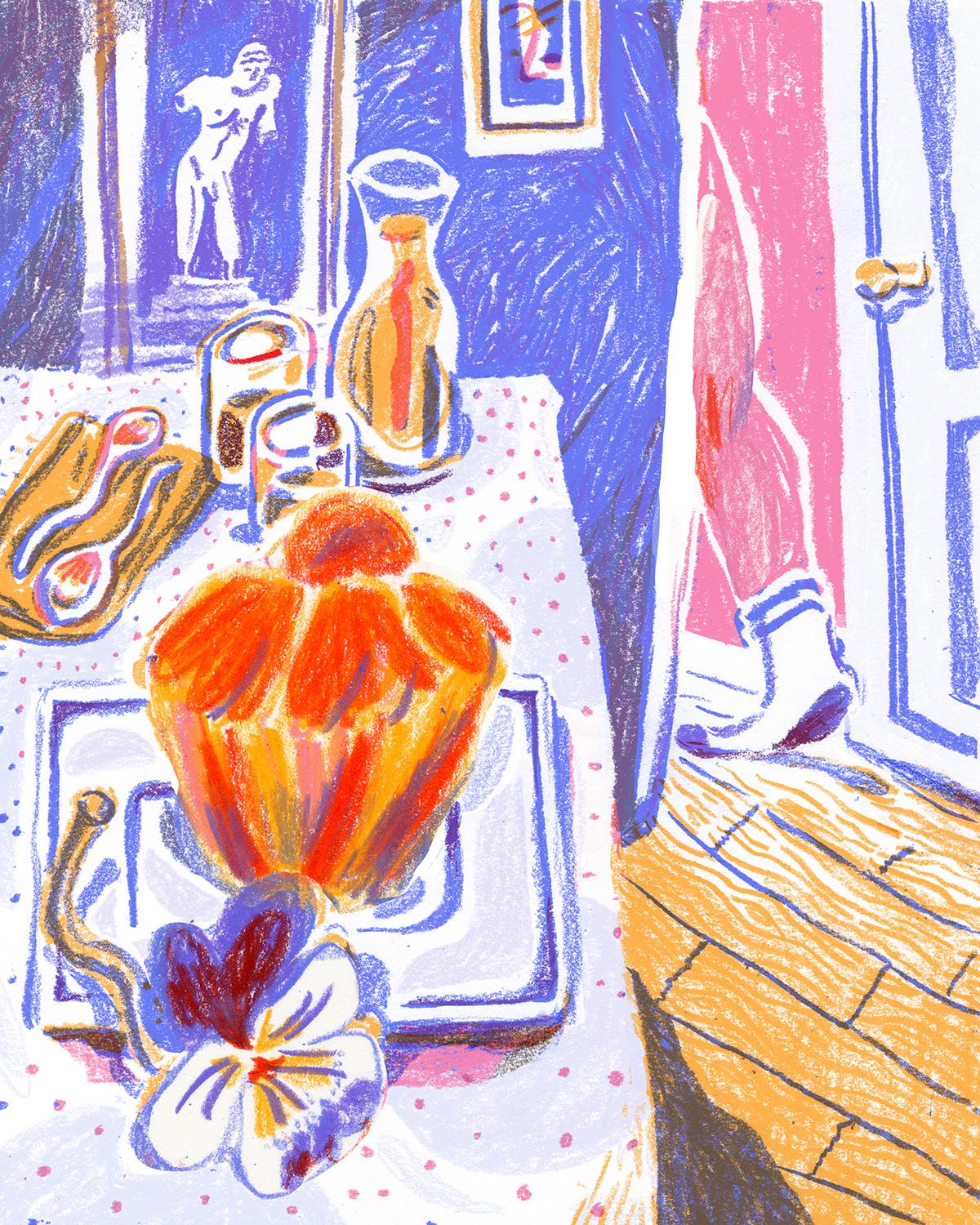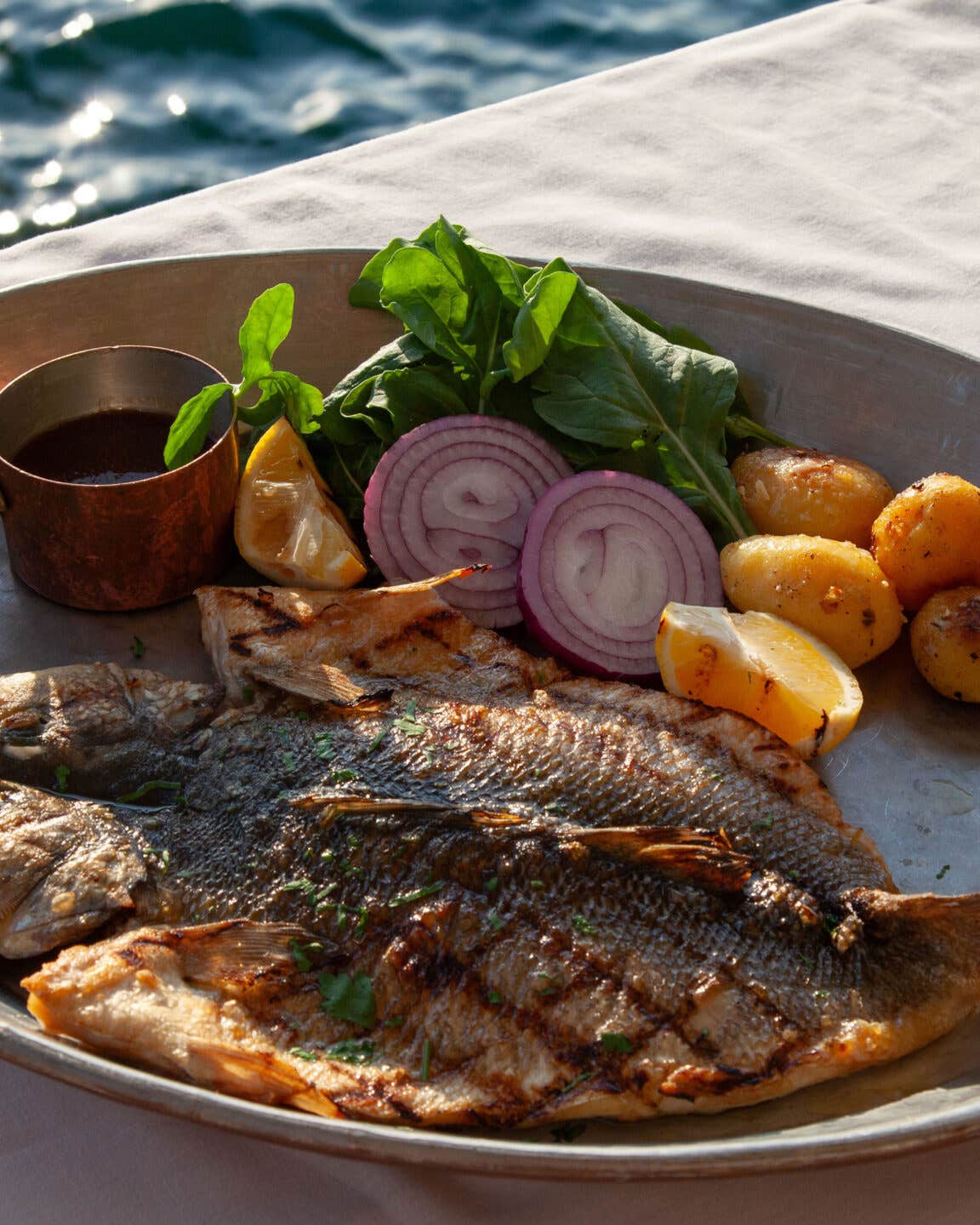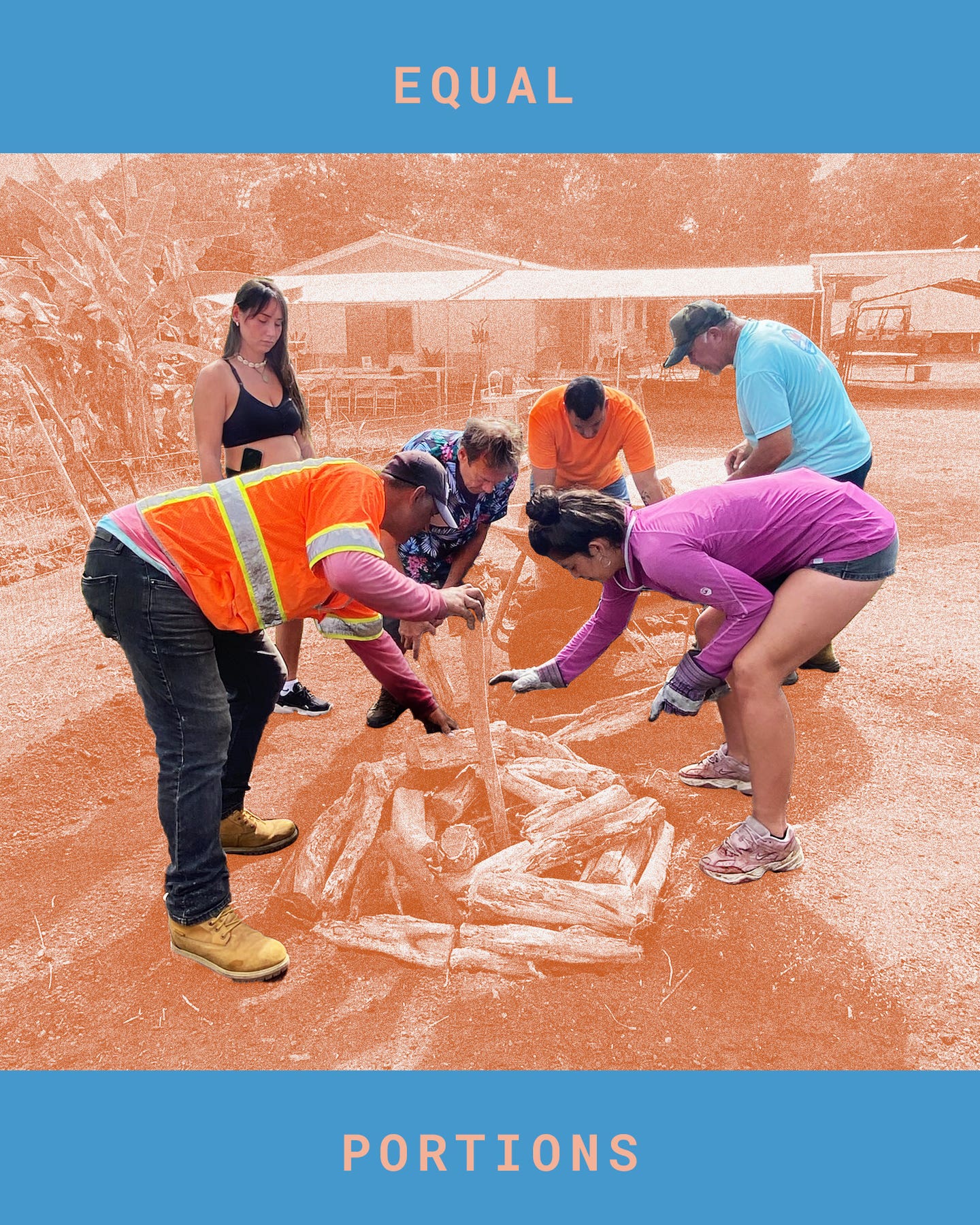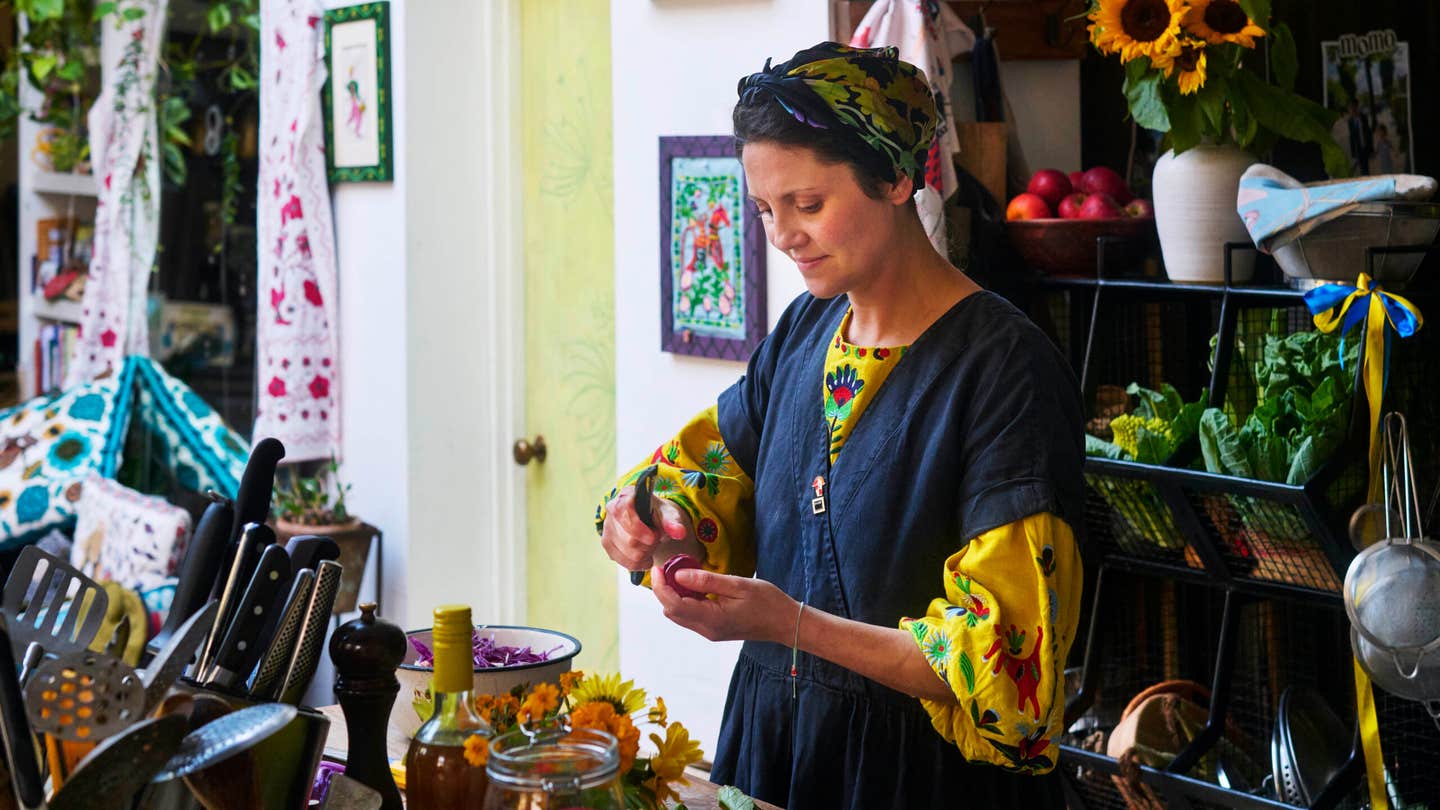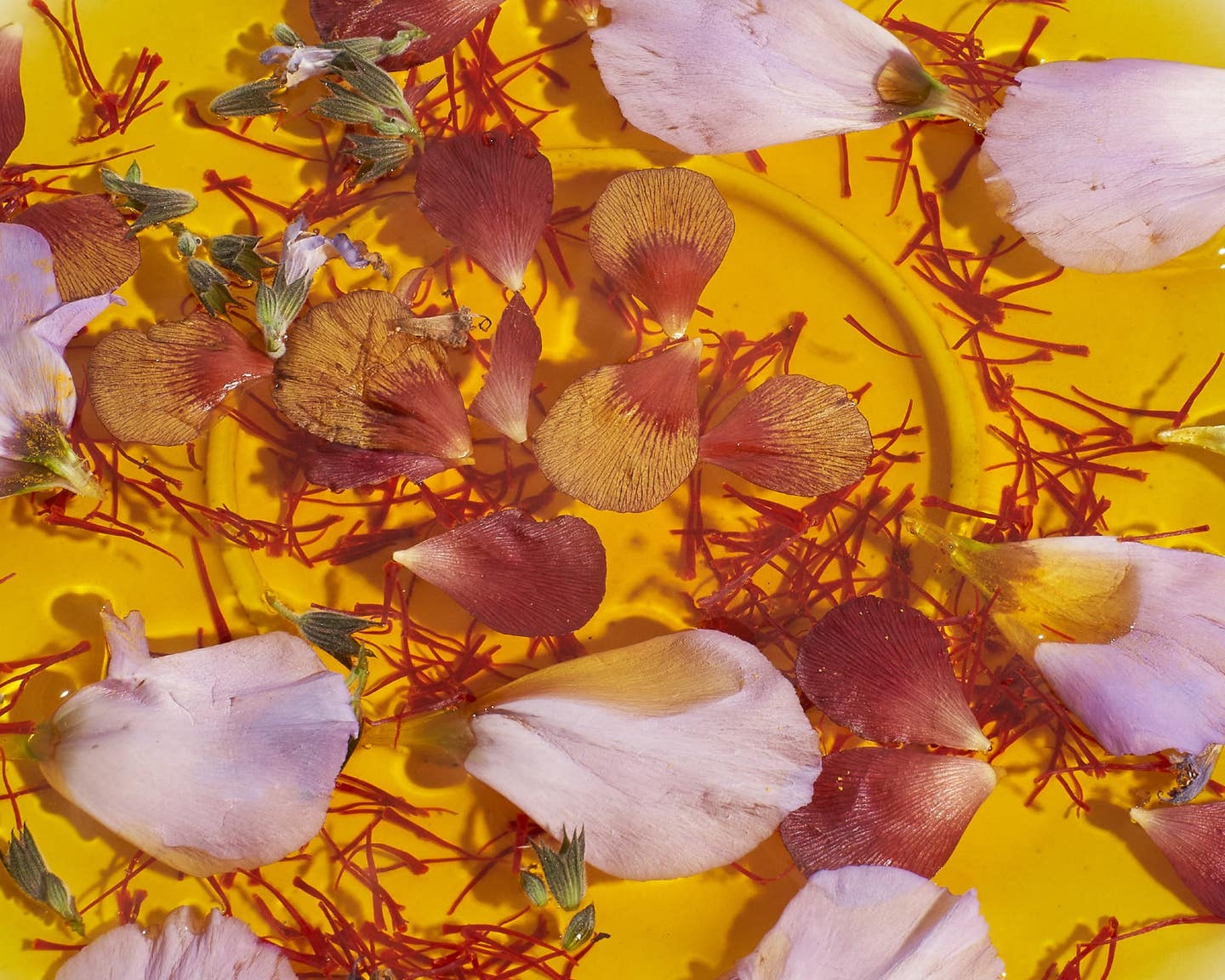
This Afghan Entrepreneur Directly Supports Women Harvesting the World’s Most Precious Spice
Refugee Tahmina Ghaffer founded her company to give the under-represented “a stronger voice in society.”
Food is more than what’s on the plate. This is Equal Portions, a series by editor-at-large Shane Mitchell, investigating bigger issues and activism in the food world, and how a few good eggs are working to make it better for everyone.
“I drink a cup of saffron tea every day,” says Tahmina Ghaffer, founder of Moonflowers, an importer of Afghanistan’s “red gold.” “It’s my waking-up ritual.”
Born in Kabul, the 32-year-old spice trader left Afghanistan as a child, when her parents fled civil war and sought asylum in The Netherlands. She studied international public law at Rotterdam University, and subsequently practiced at the Special Tribunal for Lebanon, an international court that addresses crimes related to terrorism, in The Hague. In 2019, Ghaffer emigrated to Washington, D.C., where her extended family owns restaurants. She now works as creative director for several of the dining group’s concepts, and this month, launched her own premium “super negin” saffron line to build awareness for pressing issues facing Afghan women, who comprise the majority of seasonal saffron-harvest labor in her homeland.
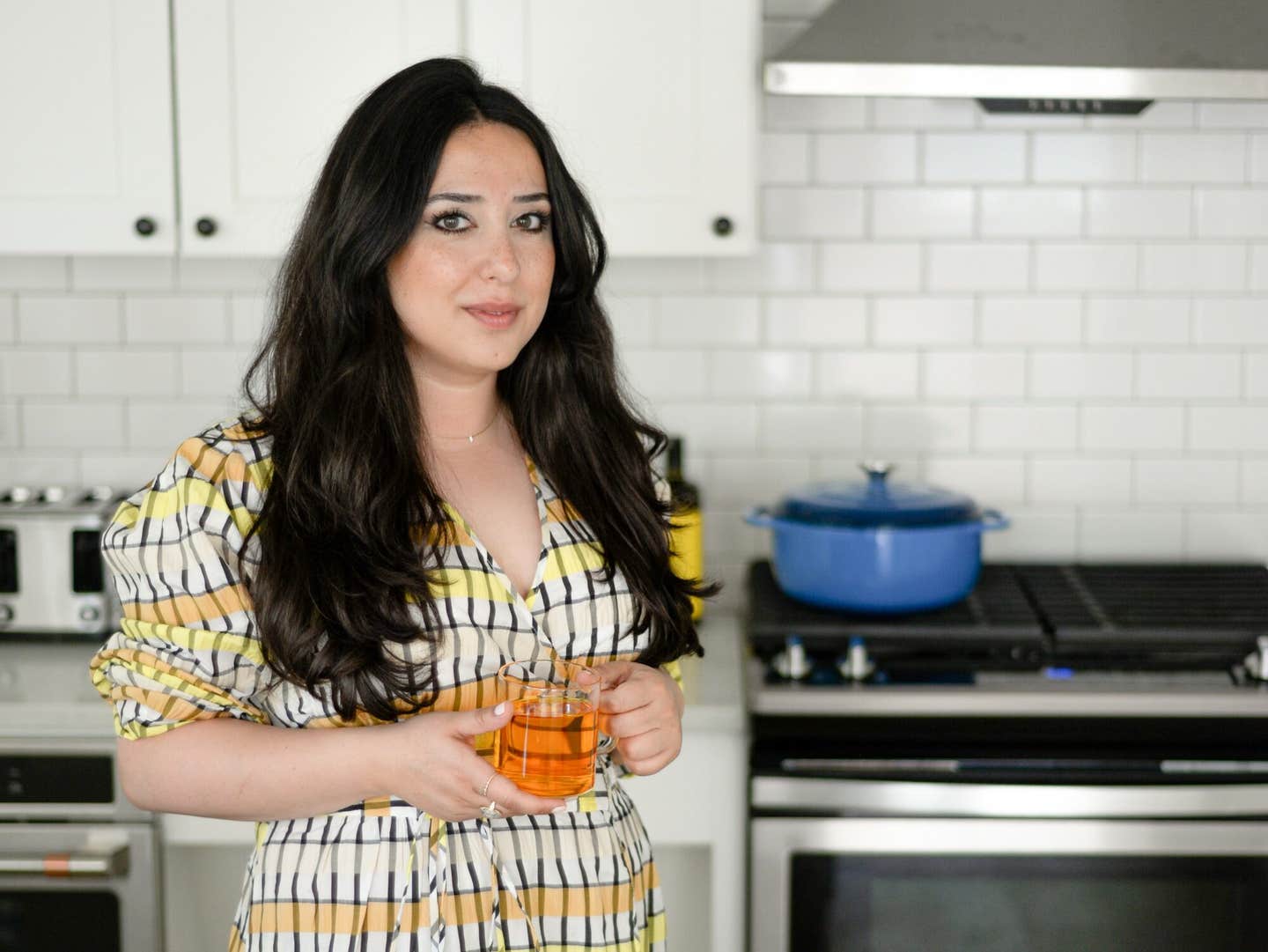
Ghaffer’s pursuit of justice and equality is rooted in her own experience. “This industry allows women to have a stronger voice in society,” she explains. “Being from a country that has always known war, and being a refugee myself, I felt that I had to be part of this movement, and to contribute to it.”
The dried stigmas of the autumn-flowering perennial Crocus sativus, which resemble bright orange-red threads, have been a high-value spice crop for millennia, traded on routes through ancient kingdoms and empires hungry for culinary rarities. Historically, the “saffron belt” stretched from Spain to Kashmir, but currently Iran produces 85 to 90 percent of the global commercial crop. (Because of trade sanctions, Iranian saffron cannot be imported to the United States.) The top grades—sargol and negin—are judged on color, aroma, and taste; crucial markers in a trade notoriously riddled with counterfeit and doctored spice.
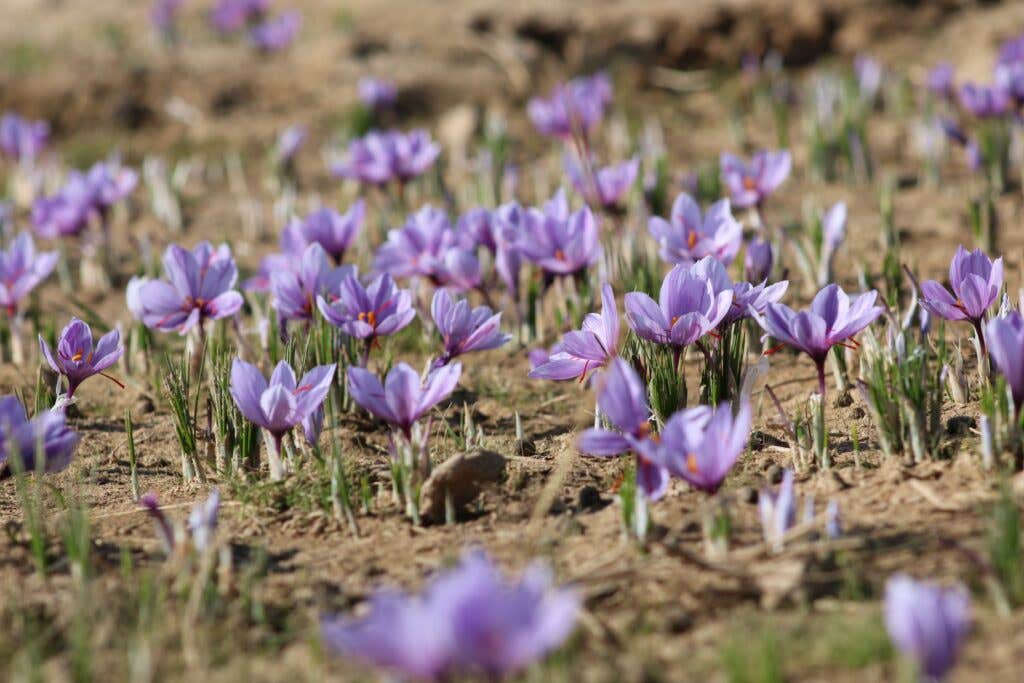
Saffron is an essential ingredient in dishes ranging from paella and bouillabaisse to tagine and kesari bhath. Persian tahdig gets its characteristic golden crust from the precious threads, which smell like honey with musky undernotes of grass or hay. Ghaffer’s saffron tisane is a traditional drink considered worthy of honored guests; chai nabat—black tea infused with cardamom and saffron-studded rock candy—is also a favored beverage served at gatherings in Afghanistan. “Tea gives you a chance to taste the actual saffron flavor,” she explains “because you're drinking the spice directly.”
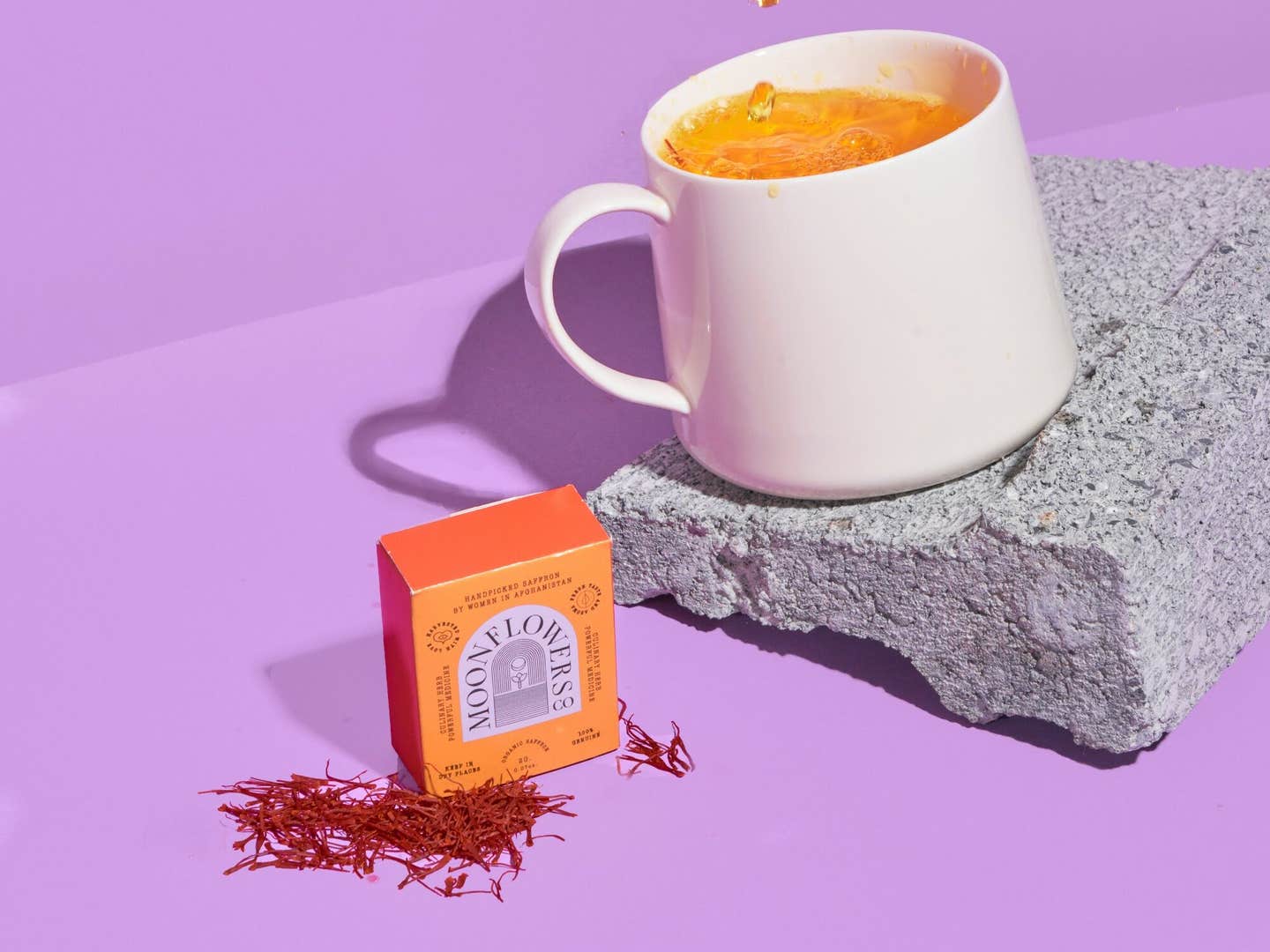
The finest, deep red, long-stemmed saffron in Afghanistan comes from the far western province of Herat, which shares borders with Iran and Turkmenistan, a strategic location on the Silk Road dating as far back as the second century BCE. But the semi-arid valleys here have only been commercially planted with saffron crocus corms since 2000, when multinational NGOs started promoting the plants’ growth instead of opium poppies, Afghanistan’s largest cash crop. “Poppy was for survival,” Ghaffer says. “Now, Afghan farmers are actually proud they're producing such an important export product.”
The saffron harvest typically takes place in November. While societal restrictions often limit their educational and employment opportunities outside the home, young girls and women are frequently called into service for this season. For four to six weeks, they rise at dawn to pluck crocus blooms by hand, then painstakingly process the stigmas to ISO standards for sanitation and quality. It’s grueling work; to produce one pound of saffron requires gathering between 50,000 and 75,000 flowers, then each individual stigma has to be separated and dried. They don’t always get paid.
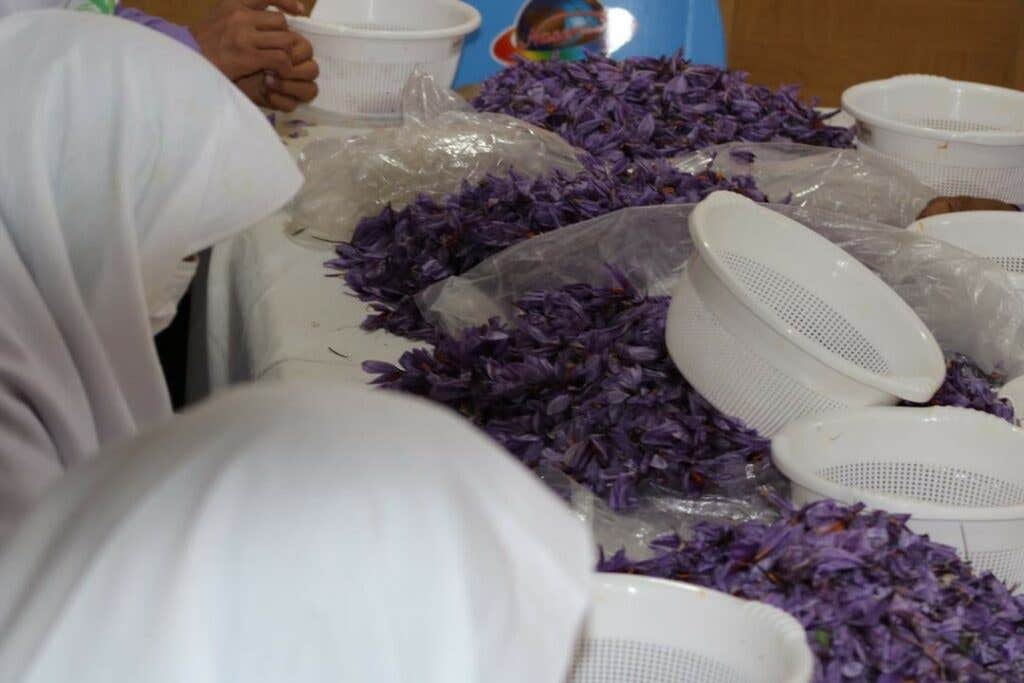
Ghaffer sources Moonflowers’ saffron from two Herati family farms, and speaks directly with the women who harvest the spice before it gets shipped overseas. “On one farm, the uncle has allowed his two nieces to sell the saffron,” she says. “They are the link to the outside world and the ones coordinating onward transport.” Ghaffer pays these women directly. Several saffron women-grower associations have been formed in the region, and women-owned farms also exist, but according to data from the Afghanistan Women Chamber of Commerce, agriculture lags behind other evolving female-friendly businesses.
Due to safety concerns, Ghaffer can’t return to Afghanistan to coordinate the business in person, so she admits her Moonflowers relationships are digital, conducted entirely over FaceTime and WhatsApp. “I wish I could go there, but for anyone traveling from abroad—especially women—it's very tense at the moment.”
She also takes care to protect her harvest partners’ identities: “After the announcement of U.S. troops leaving Afghanistan, it has become even more unsafe, specifically for young women who work in the fields of arts, culture, music, journalism, or anything that can be seen as progressive.” Extremist groups like the Taliban have been biding their time for destabilization. “I think no one knows at this point what is going to happen next,” she says. “Even though I firmly believe we need to continue the good work and shine light on progressive work by women, I also don’t want to put them in any danger."
Like other progressive spice dealers with outreach programs, such as Burlap & Barrel, Diaspora Co. and Heray Spice, Ghaffer believes in giving back to her growers’ community. A percentage of Moonflowers’ monthly profits helps fund Skateistan, an initiative that began combining skateboarding with education in 2007 in an effort to build safe places for play and learning for both girls and boys on the streets of Kabul. (The organization has since also expanded its mission to Cambodia and South Africa.) “I’ve been following this group for years,” Ghaffer says, “and I wanted to do more than just support the saffron industry.”
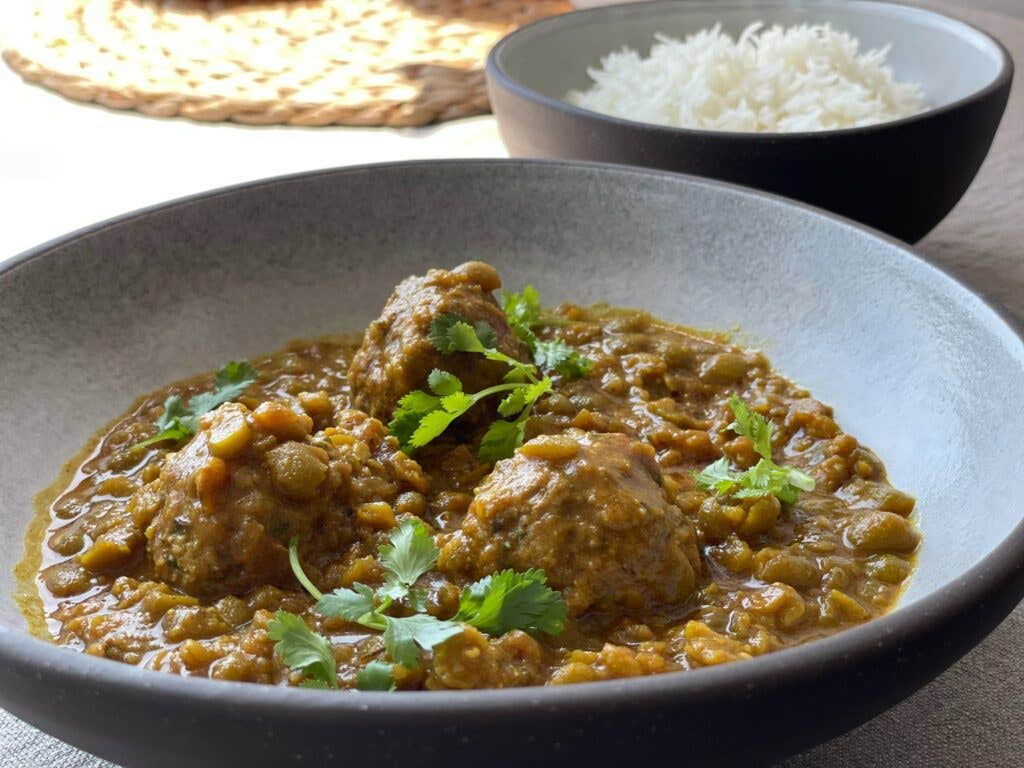
Because Ghaffer grew up in Europe, she has had access to opportunities unavailable to many other women who have survived war and oppressive regimes—including even basic freedoms like shopping for her own dinner. What dish reminds her most of family? “Korme kofta. It’s a rich stew with lamb meatballs and split peas. My mom always adds tomatoes, onions, and sour dried plums, but saffron makes it all very aromatic, and intensifies the flavors.”
If you can’t go home again, this may be the next best thing.
Read more about the Afghan diaspora and culinary traditions in Durkhanai Ayubi’s Parwana, Recipes and Stories from an Afghan Kitchen; stream Skater Girl on Netflix to learn more about girls’ empowerment through skateboarding.
Keep Reading
Continue to Next Story
